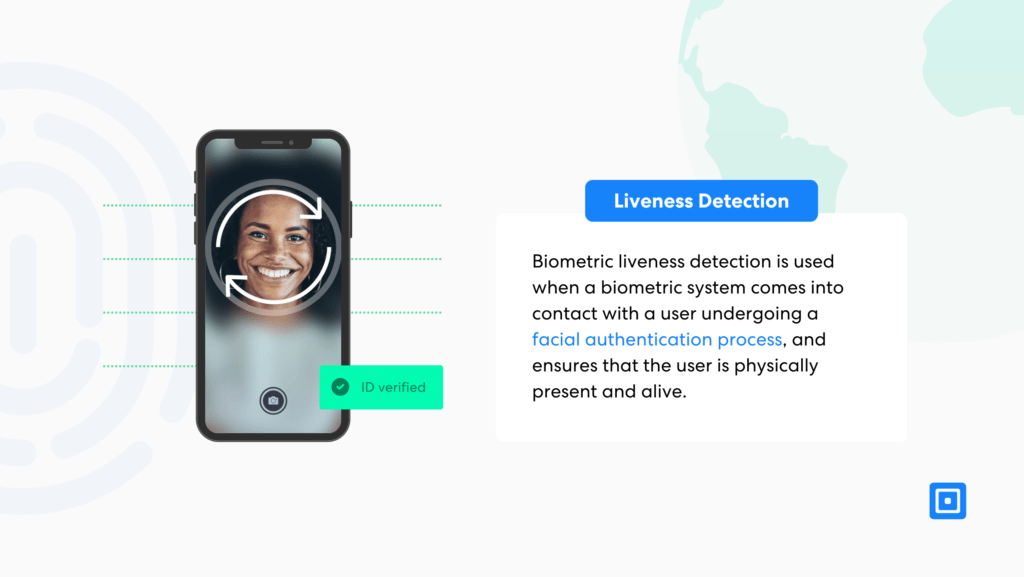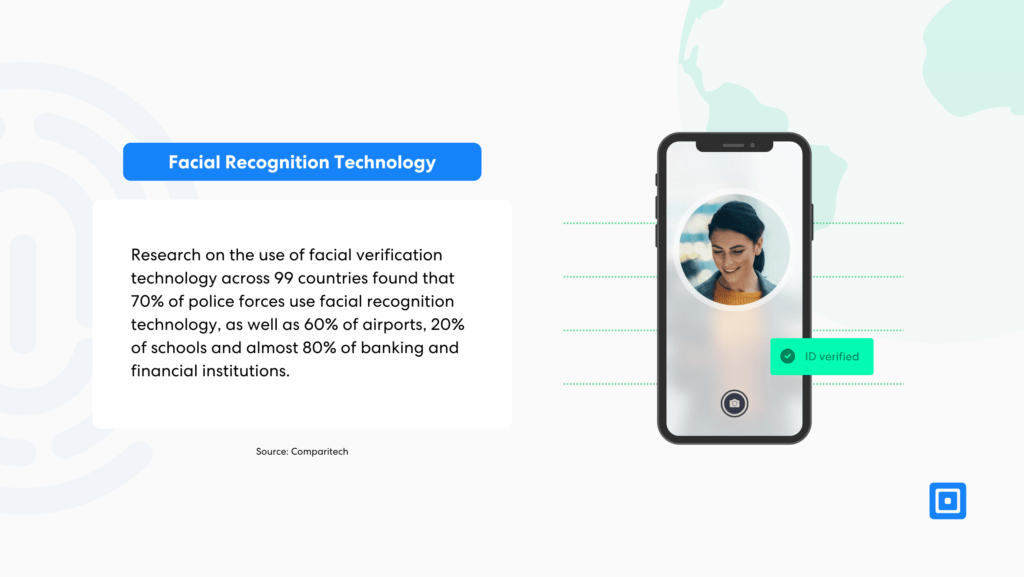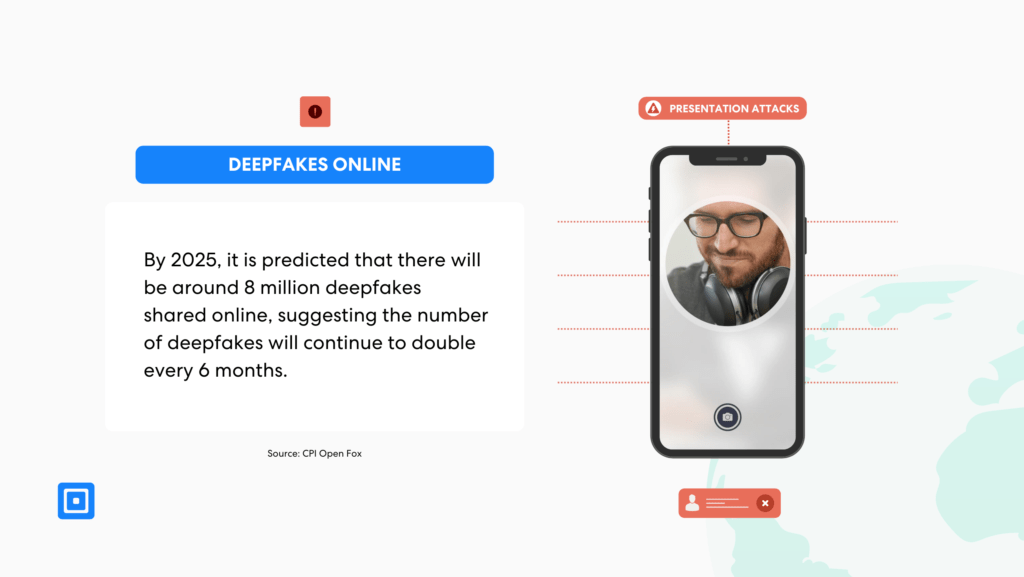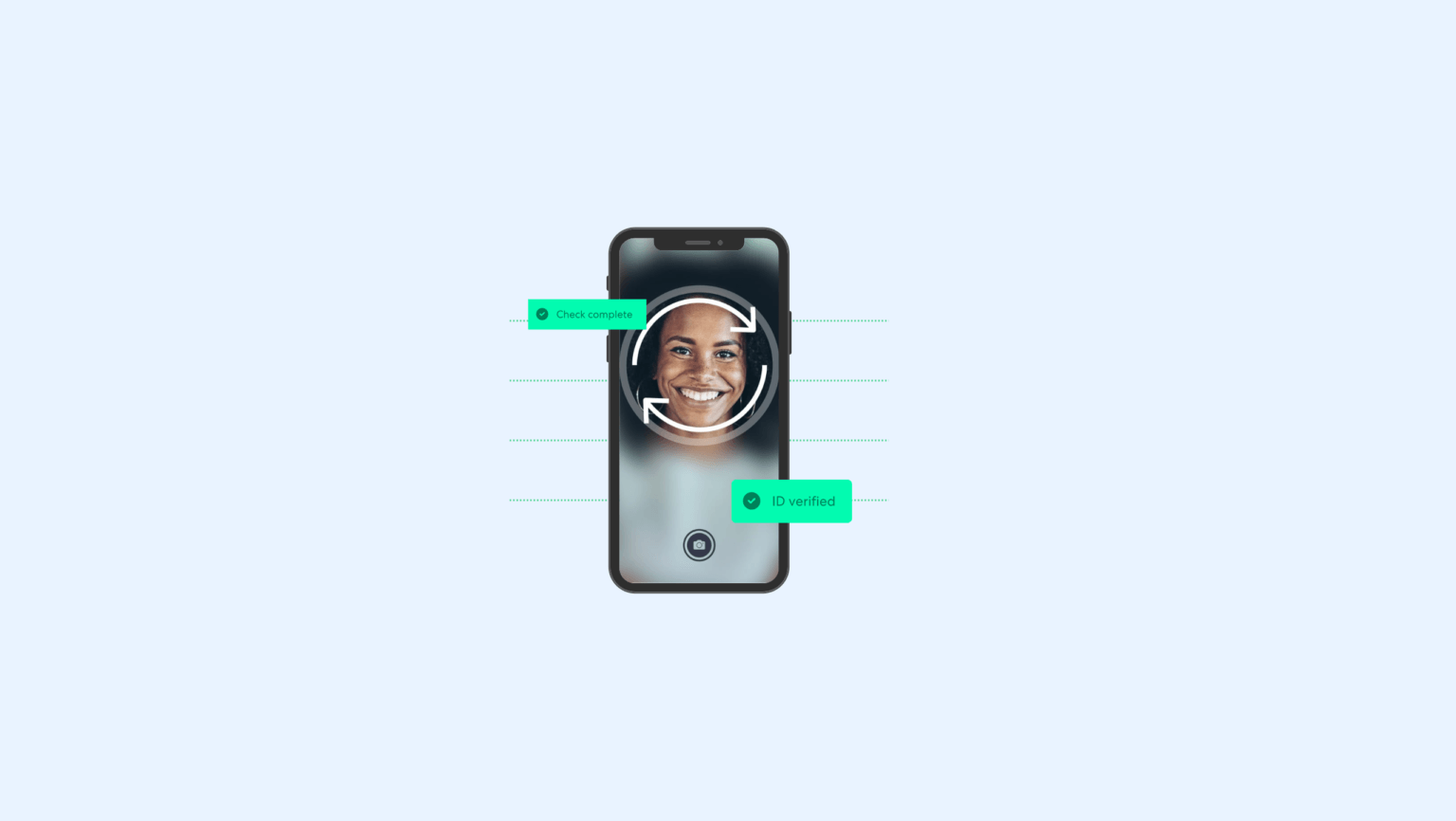Biometric liveness detection is a key part of stopping presentation attacks, strengthening facial authentication systems across the world by identifying spoofing attacks, deepfake videos, and other forms of identity fraud. This guide will explain how liveness detection is safeguarding businesses worldwide with liveness KYC that analyses biometric data samples and identifying even the most subtle signs of fraud.
What is Biometric Liveness Detection?
Biometric liveness detection is used to strengthen facial biometric systems, making it harder for fraudsters to get away with presentation attacks and gain illicit access through instruments such as printed photos, 3D masks, and other forms of spoof attacks.
Strong Security and Facial Recognition Systems
The facial recognition market revenue is forecasted to reach $19.3B by 2032, with phones and electronic device protection being its most common use.
However, 7 in 10 governments are heavily reliant on facial recognition technology, using it to protect extremely sensitive data.
Biometric recognition has come a long way since Touch ID was first introduced in September of 2013, with these systems now commercially using iris and facial recognition technology, which is considered infallible by many.
Research on the use of facial verification technology across 99 countries found that 70% of police forces use facial recognition technology, as well as 60% of airports, 20% of schools and almost 80% of banking and financial institutions.

Biometric Sample Analysis
Liveness detection works by analysing biometric samples from selfies or videos submitted by users and enhances the security of identity verification methods. Several different aspects are examined during these checks, including motion analysis, which analyses movements to identify signs of life, or texture analysis, which involves examining minute details from either a person’s face or finger.
Machine Learning and Fraud Prevention
Machine learning AI is leveraged within liveness detection to identify signs of a presentation attack, like pixel tampering, a lack of subtle facial expressions or inauthentic skin texture on the user’s face that suggest the user is not physically present.
These subtle textural differences are often completely invisible to the human eye, yet can be spotted with artificial intelligence.
Liveness detection algorithms are able to employ both active liveness detection and passive liveness detection methods, depending on the needs of the organisation.
Active Liveness Detection
Active liveness detection relies on user interaction with the authentication system, requiring users to perform specific movements, or say specific words. These challenge-response tasks prove that the user is a real person by showing signs of life. However, this can be a less positive user experience, as the process requires interaction from the user.
The cornerstone of active liveness detection solutions is that they look for signs of life that cannot be easily replicated by fraud. Using several modalities, like voice recognition, keystroke analysis, and examining subtle movements of the mouth or face can help spot signs of life – but this all requires user interaction.
This kind of biometric authentication process ensures safe and robust identity verification by using both movement analysis and AI, and will often examine more than one image.
Key Characteristics of Active Liveness Detection
- Active liveness checks require a lot more from the user, which makes the facial liveness check much more precise and therefore secure.
- These checks can include challenge-response tasks, ensuring security against deepfake attacks.
- Combination of movement study and artificial intelligence, creating a more comprehensive check by often looking at more than one image.
- Best for organisations that would like to focus on data safety.

Passive Liveness Detection
Passive liveness detection does not require any kind of movements or interaction from the user, as algorithms look for key signs of spoofs when analysing an image. They do also often look for signs of liveness, but are able to do this less comprehensively as no user interaction is implemented.
With passive liveness detection, AI often analyses only one picture and can work without the user even being aware of the process, requiring no specific actions.
This form of liveness check is great for providing positive user experiences whilst strengthening biometric system integrity.
Key Characteristics of Passive Liveness Detection
- No action required from the user, creating a positive user experience easily.
- These checks primarily rely on AI, usually studying only one picture.
- Faster checks than with active liveness checks.
- A better choice for organisations that need to carry out a vast quantity of checks quickly.
Deepfakes and Presentation Attack Detection Work
In 2023, roughly 500,000 video and voice deepfakes were circulating on social media worldwide.
By 2025, it is predicted that there will be around 8 million deepfakes shared online, suggesting the number of deepfakes will continue to double every 6 months.
Biometric authentication processes can be subverted by deepfake videos, with studies having officially proved this.
Deepfakes Subverting APIs
Researchers at Sungkyunkwan University in Suwon, South Korea were able to prove that APIs from both Microsoft and Amazon can be easily fooled with the use of sophisticated deepfakes. In one case, one of the APIs — Microsoft’s Azure Cognitive Services — was fooled by up to 78% of the deepfakes the coauthors fed it.
However, the research study concluded that all of the APIs could be deceived by deepfakes.
Azure Cognitive Services mistook a deepfake for a target celebrity 78% of the time, while Amazon’s Rekognition mistook it 68.7% of the time. Rekognition misclassified deepfakes of a celebrity as another real celebrity 40% of the time and gave 902 out of of 3,200 deepfakes higher confidence scores than the same celebrity’s real image. And in an experiment with Azure Cognitive Services, the researchers successfully impersonated 94 out of 100 celebrities in one of the open source datasets.

Liveness KYC with ComplyCube
Leverage our AI-powered liveness detection to establish genuine customer presence and deter imposters.
Implement a Market-Leading Liveness Detection Solution
Our anti-spoofing detection will safeguard your business from sophisticated presentation attacks, such as 3D masks or deepfakes without adding any friction for users.
Advanced checks, including face depth analysis, micro-expressions detection, occlusion recognition, skin texture analysis, anti-spoofing checks, are leveraged within our Liveness Detection solution.
For an extremely comprehensive identity verification solution, we provide Active Liveness fraud deterrence in addition to our standard Passive Liveness checks. We guide customers to record videos completing random challenges through frictionless journey.
Implement an expert liveness detection solution by getting in touch with our expert team today.



